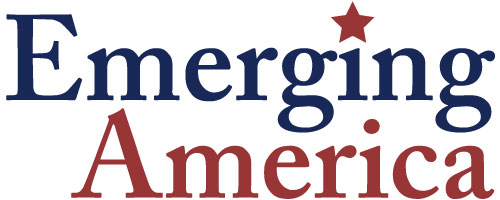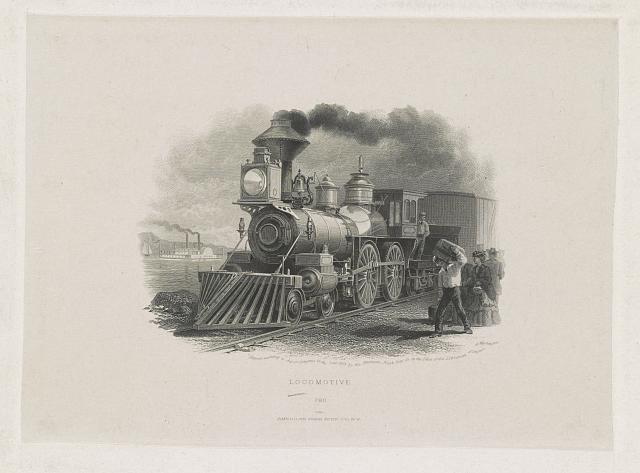Using familiar imagery of trains, young students can begin to make foundational connections to geography and history using primary sources. Kindergarten students will make a first exploration of local history through early railroad maps from the Library of Congress. This lesson addresses Kindergarten Common Core State Standards and several Massachusetts Social Studies standards and skills.…
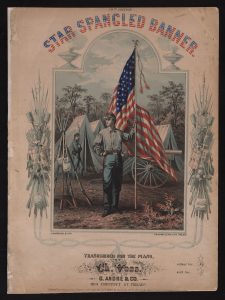
“…establish justice…” “…promote the general welfare….” “…secure the blessings of liberty to ourselves and our posterity…”
By connecting the goals of the federal government to primary source visual representations, this simple civics lesson will help students to remember and think more deeply about the goals set out by the Preamble to the United States Constitution…
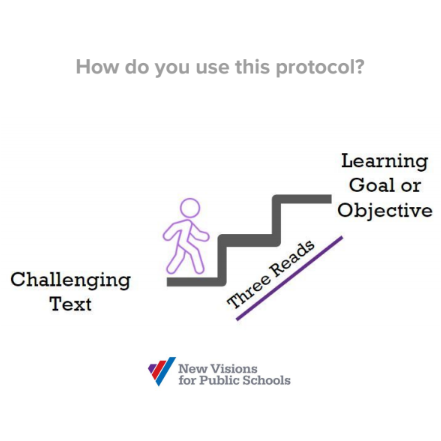
This strategy, from New Visions for Public Schools, a printable worksheet to be used by students while reading, facilitates deeper comprehension, analysis, and connection to a short excerpt or quote that connects to the larger narrative.
Strategies described and illustrated:
- …
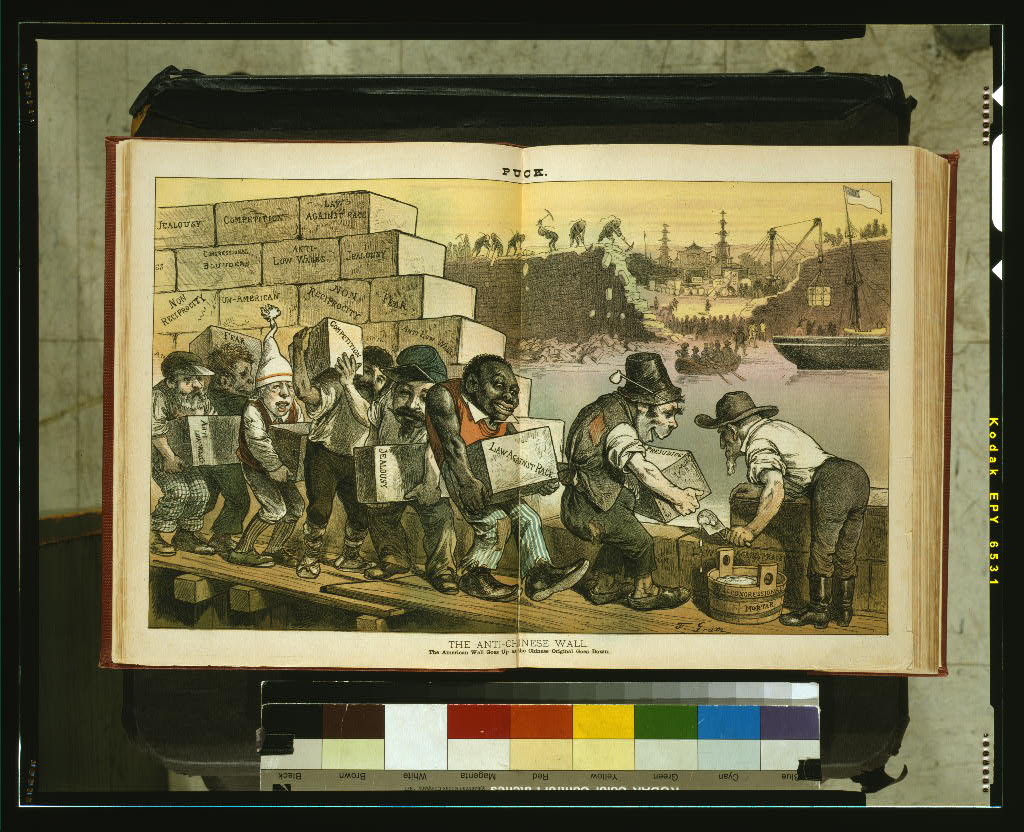
This lesson uses the 21st century “travel ban,” ruled constitutional in 2018, as an entry point to explore previous shifts in US immigration policy. More specifically, students will use primary sources to examine social contexts of three specific immigration laws (Chinese Exclusion Act of 1882, Immigration Acts of 1921 & 1924, and Immigration and Nationality Act of 1952) in order to…
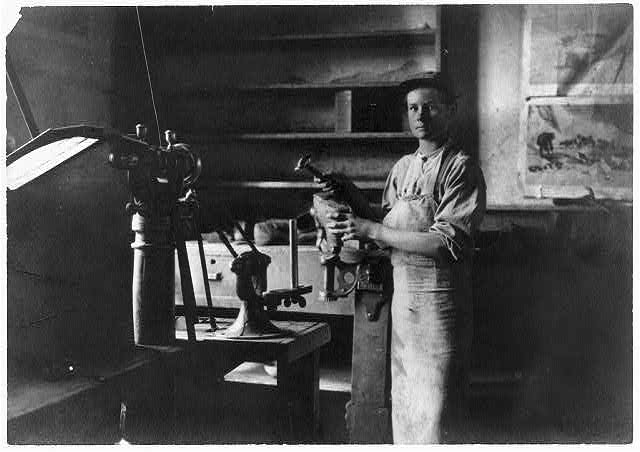
Kelley McDermott, History teacher in a Massachusetts Department of Youth Services facility developed this lesson to attract her 8th grade students interest in research and public policy. Historically, students with disabilities are disproportionally caught up in the juvenile justice system. The lesson employs many strategies and tools for accessibility from Emerging America's Accessing Inquiry…
